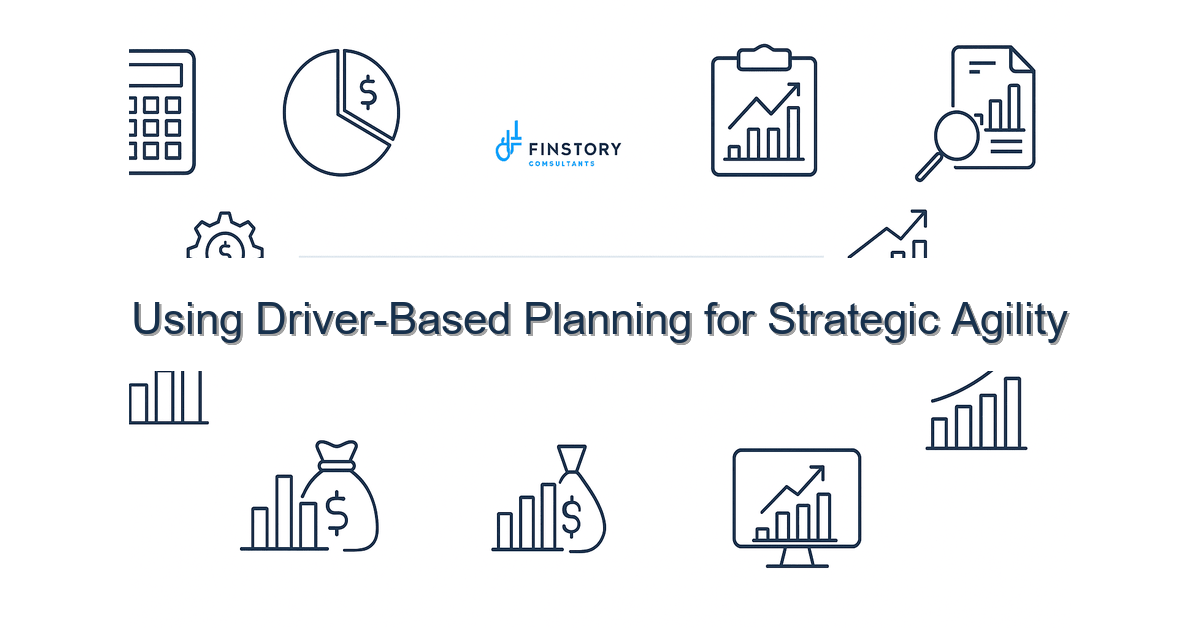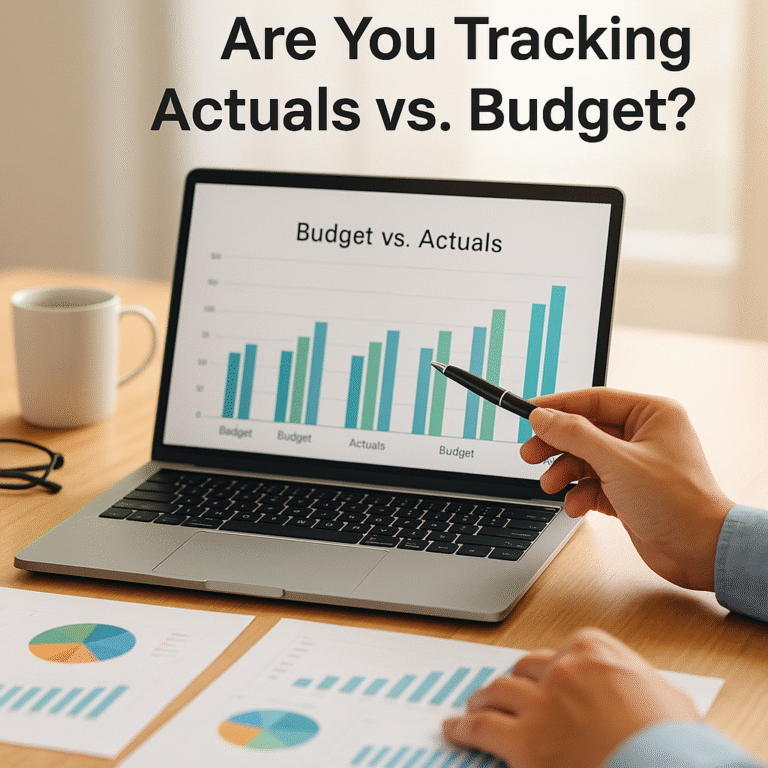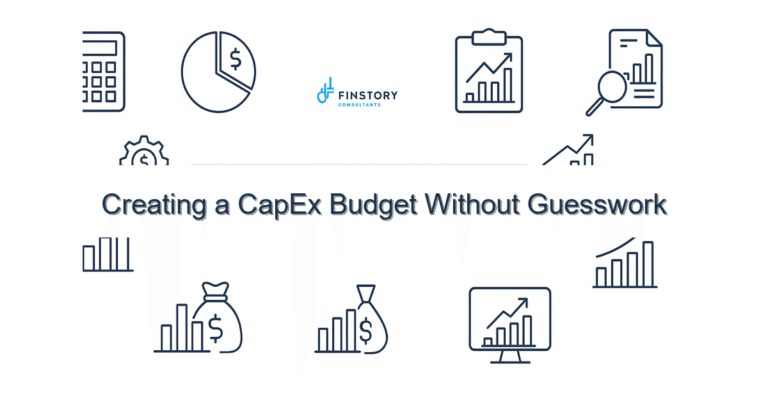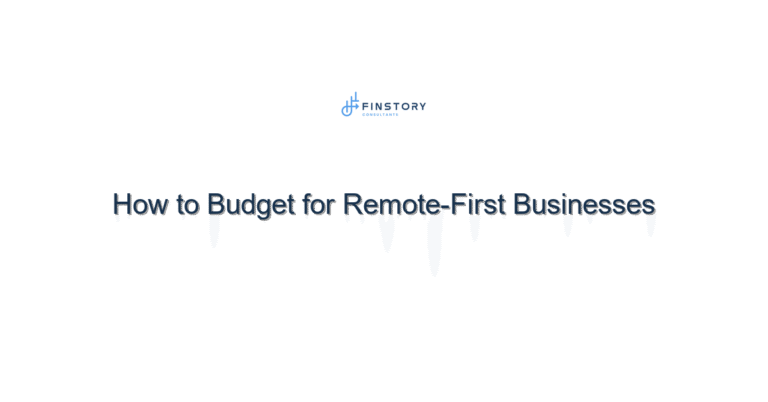Using Driver-Based Planning for Strategic Agility
You’ve lived the late-night budget scrambles, the last-minute model changes, and the endless spreadsheets that never quite reflect what’s happening on the ward. It’s exhausting—and it keeps you from steering the organization where it needs to go.
Summary: Driver-based planning replaces brittle spreadsheets with a flexible, transparent model that ties volumes, staffing, and reimbursement drivers to financial outcomes—so healthcare CFOs and operations leaders can shorten planning cycles, improve forecast accuracy, and make faster strategic decisions.
Keywords: driver-based planning; driver-based planning for healthcare; healthcare driver-based financial planning; driver-based budgeting for hospitals
What’s the real problem? (driver-based planning for healthcare)
In plain terms: planning in many health systems is slow, opaque, and disconnected from the day-to-day metrics that actually move the bottom line. Leaders get monthly reports, but those reports rarely explain why numbers changed or how to course-correct in real time.
- Symptom: Budget cycles stretch 8–12 weeks with frantic, last-minute adjustments.
- Symptom: Forecasts miss operating variances—clinical volumes or payer mix shifts—by a wide margin.
- Symptom: Operations and finance disagree because they aren’t working from the same assumptions.
- Symptom: Reporting is backward-looking; leaders can’t test “what-if” scenarios quickly.
What leaders get wrong about driver-based planning for healthcare
There’s a respectful but frank truth: many leaders think planning is either a tech problem or an annual ritual. They treat driver-based planning as a fancy spreadsheet, or an IT project that will ‘go live’ and fix everything. That misses the point.
Common pitfalls:
- Implementing a model without changing the decision process—same timelines, same approvals, new charts.
- Overloading the model with every possible variable, which makes it fragile and slow.
- Failing to align clinical leaders on the operational drivers (e.g., bed turnover, case mix, OR utilization).
- Expecting immediate perfection—driver-based planning is iterative and needs governance.
A better approach (healthcare driver-based financial planning)
Driver-based planning at its best is simple, focused, and tied to how your clinicians and managers run operations. Here’s a clean, 4-step framework you can apply this quarter.
- Identify your handful of true drivers. Pick 6–12 metrics that actually move the P&L—e.g., inpatient admissions, average length of stay (ALOS), outpatient visits, OR cases per day, payer mix, and agency nursing hours.
- Map drivers to financial levers. Define how a change in each driver flows to revenue, cost of care, and overhead. Make the math explicit and auditable.
- Build a lightweight model and link to source systems. Start in a controlled environment: a single service line or hospital campus. Feed volumes from EHR/hospital systems and staffing from workforce tools.
- Operationalize planning with cadence and ownership. Assign driver owners (nursing, OR, revenue cycle) and create weekly or biweekly checkpoints where assumptions are tested and forecasts updated.
Definition (featured snippet ready): Driver-based planning is a budgeting and forecasting method that uses measurable operational inputs (drivers) to calculate financial outcomes, enabling rapid scenario analysis and clearer accountability.
Short story: At a 300-bed community hospital we worked with, finance was rebuilding the budget for weeks. We focused on three drivers—surgical cases, ED arrivals, and agency nursing hours—linked to payroll and revenue. In 90 days the budget cycle dropped from 10 weeks to 4 weeks, and forecast accuracy for cash flow improved from ~78% to ~92%.
Quick implementation checklist
- Choose 6–12 core drivers this week and document definitions.
- Run a 90-day pilot on one service line (e.g., orthopedics or cardiology).
- Map each driver to a financial formula in a simple model (Excel, a data model, or a planning tool).
- Automate one data feed (admissions, OR schedule, or payroll) into your model.
- Set a regular review cadence: weekly operations, biweekly finance forecast, monthly board update.
- Assign driver owners with clear accountability for assumptions and updates.
- Create 3 scenario templates: baseline, downside (-10% volume), and upside (+10% volume).
- Document one governance rule: who can change a driver and how changes get approved.
- Train the first 10 users on reading the model and testing scenarios.
What success looks like
Measure the program, not just the model. Success is operational and financial.
- Forecast accuracy: reduce variance on operating margin from ±10% to ±3–5% within 6 months.
- Cycle time: cut budget cycle from 8–12 weeks to 3–6 weeks.
- Decision speed: enable same-day scenario testing for leadership.
- Operational alignment: 80–90% of driver assumptions owned by operations leaders.
- ROI: reduce agency spend and overtime through tighter staffing forecasts—target 5–10% cost savings in year one.
Risks & how to manage them
Three top risks—and practical mitigations:
- Risk: Garbage-in, garbage-out data. Mitigation: Start with one validated source feed and a data steward who signs off on changes.
- Risk: Model paralysis—trying to model everything. Mitigation: Use the 80/20 rule: model the drivers that explain most variance, not every metric.
- Risk: Lack of adoption by clinicians. Mitigation: Involve clinical leaders early; show how the model helps staffing decisions and quality metrics—not just finance.
Tools & data
Driver-based planning works best when you pair the right tools with clear data flows:
- Finance automation platforms for recurrent calculations and audit trails—helpful for recurring staffing and revenue rules. (See our financial automation services.)
- Power BI or similar for live dashboards that tie driver trends to financial outcomes—use visuals clinicians trust.
- Leadership reporting templates that show drivers, assumptions, and scenarios side-by-side—turn your monthly report into a conversation starter.
- Integrations: EHR, patient scheduling, payroll, and revenue cycle systems to keep data current. For broader forecasting best practices, see our piece on continuous forecasting.
FAQs
Q: How long does it take to see value from driver-based budgeting for hospitals?
A: You can run a meaningful pilot in 6–12 weeks. Expect visible value (faster cycles, clearer assumptions) within the first quarter of adoption.
Q: How many drivers are too many?
A: More than 12–15 and the model usually becomes unwieldy. Start small and expand only when a new driver demonstrably explains variance.
Q: Can we do this without upgrading our ERP or EHR?
A: Yes. Many teams start with lightweight models and a few automated feeds from current systems. Upgrades help scale, but they’re not a prerequisite.
Q: Who should lead the program—Finance or Operations?
A: Joint sponsorship is best. Finance builds and governs the model; operations owns the drivers and real-world inputs.
Next steps
If you’re ready to move from firefighting to foresight, start with a small pilot focused on high-impact drivers. We can help pick the right metrics, stand up the model, and run the first three scenarios with your leadership team.
Read more about aligning FP&A and clinical operations, or explore our services if you’re ready to automate the heavy lifting.
Contact Finstory to map a driver-based planning pilot for your system. We’ll help you define the drivers, connect the data, and train the team—so you can make faster, evidence-based decisions. Try a 90-day pilot focused on a single service line and see the difference.
Work with Finstory. If you want this done right—tailored to your operations—we’ll map the process, stand up the dashboards, and train your team. Let’s talk about your goals.
📞 Ready to take the next step?
Book a 20-min call with our experts and see how we can help your team move faster.
Prefer email or phone? Write to info@finstory.net
or call +91 44-45811170.






